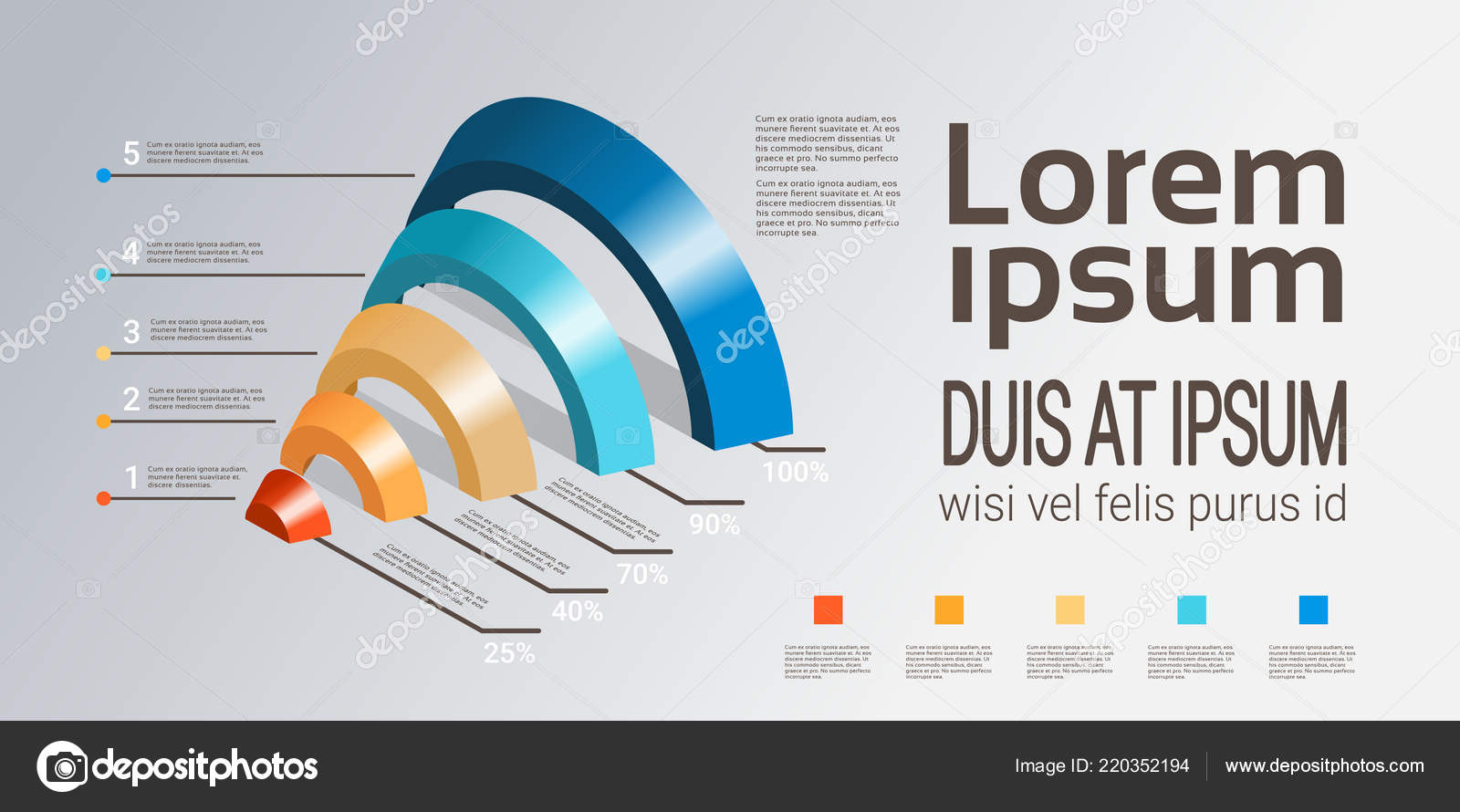Web Site Layout Essentials: Tips For Structure A User-Friendly Website
Web Site Layout Essentials: Tips For Structure A User-Friendly Website
Blog Article
Content Author-McKnight Neville
When it comes to internet site style, guaranteeing user-friendliness is vital. From responsive design to streamlined navigation, every aspect plays a critical function in producing a website that deals with your audience's requirements. But what about the finer details that can make or break a customer's surfing experience? Remain tuned as we discover some often-overlooked suggestions that can boost your site's functionality to the following level, making it absolutely stick out in the digital landscape.
Relevance of Responsive Style
Responsive design is a crucial element of modern web site advancement. Guaranteeing your site is responsive means that it can adapt to different screen sizes and tools, providing a seamless experience for customers.
With the increasing use mobile phones and tablets to access the internet, having a responsive layout is vital for getting to a wider target market. It helps in boosting user experience by making your internet site simple to browse and read on any kind of tool.
In addition, responsive design can favorably impact your search engine rankings, as online search engine like Google prioritize mobile-friendly internet sites. By having a receptive design, you're also future-proofing your website, as brand-new tools with varying display dimensions remain to arise.
Simplify Navigating Framework
To boost individual experience and promote easy access to info on your website, enhancing the navigation structure is critical. When creating your website, concentrate on creating a clear and instinctive navigating food selection that aids visitors find what they're looking for swiftly.
Limitation the number of food selection things to the fundamentals, grouping related pages together to stay clear of overwhelming customers. Use descriptive labels that plainly show the material of each web page, making it easier for users to recognize where each web link will take them.
Think about carrying out dropdown food selections for subcategories to prevent cluttering the main navigation bar. Furthermore, consist of a search bar plainly on the page for individuals that choose looking for details info.
navigate to this website on mobile responsiveness in your navigating layout to ensure simple access on all tools.
Maximize Web Page Tons Rate
Improving page load speed is vital for retaining site visitors on your internet site. Slow-loading web pages irritate customers and can cause high bounce rates. To optimize web page lots rate, start by maximizing pictures. Compress images without compromising quality to minimize their data sizes.
Additionally, make it possible for internet browser caching to keep often accessed sources locally, quickening load times for returning site visitors. click the up coming web page , JavaScript, and HTML data by removing unnecessary characters, remarks, and formatting, enhancing load speed.
Consider utilizing a content delivery network (CDN) to disperse your web site's web content throughout numerous servers worldwide, reducing latency for individuals accessing your website from different areas. Lastly, limit the use of third-party scripts and plugins, as they can significantly affect lots times.
Conclusion
To conclude, by integrating receptive style, streamlining navigating, and enhancing web page lots rate, you can develop a straightforward website that appeals to a wider audience and improves individual experience. These essential elements ensure that site visitors can conveniently accessibility and browse your website across various devices, causing raised interaction and satisfaction. By concentrating on these essential elements, you can construct an effective web site that maintains individuals returning for even more.
